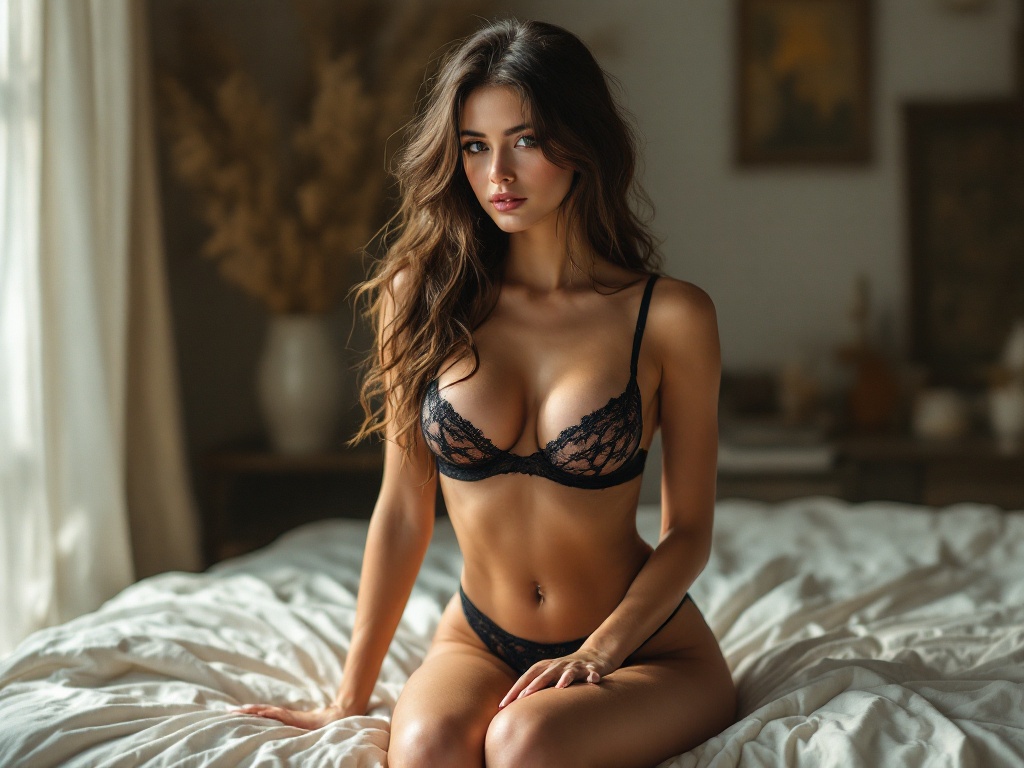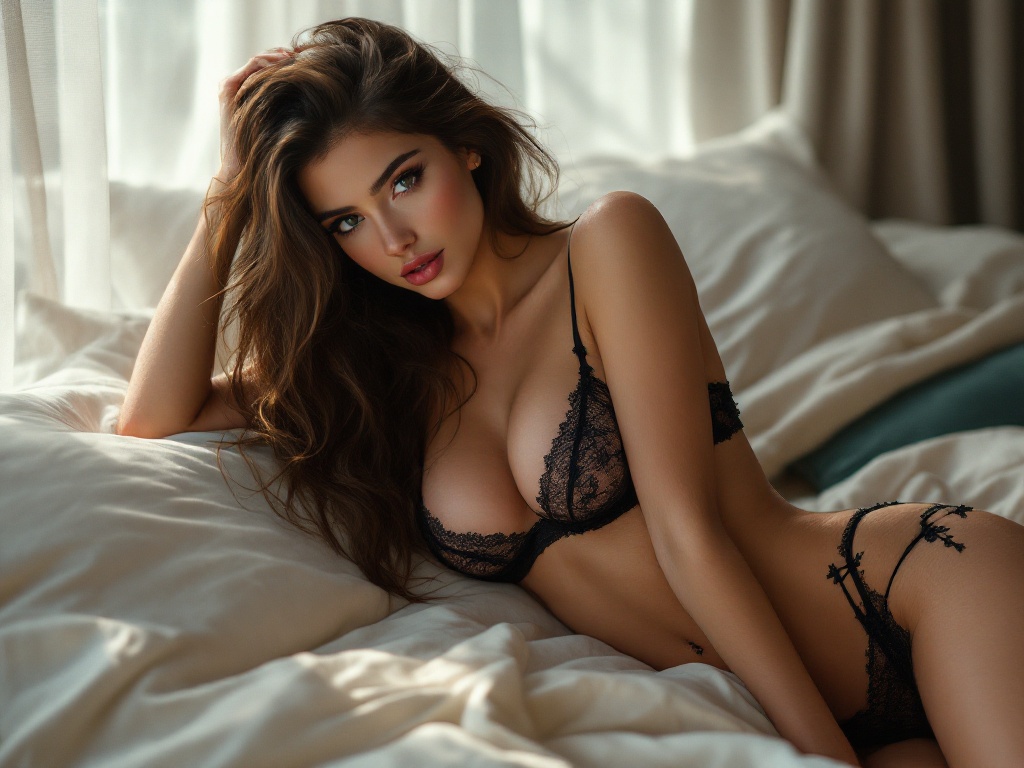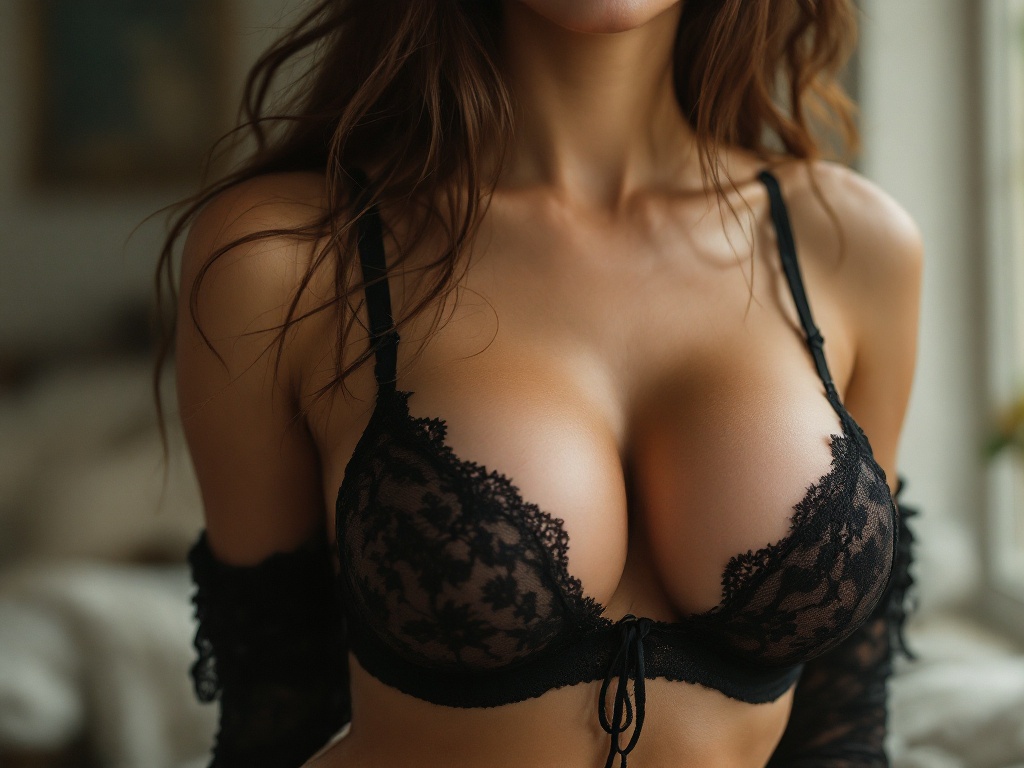
In a world increasingly influenced by technology, the realm of art is undergoing a transformative wave, particularly in the genre of erotic art. This shift, largely thanks to advancements in artificial intelligence, is reshaping the way we perceive and engage with themes of intimacy and desire. AI-generated erotic art is more than just digital nudity; it reflects evolving societal norms and challenges traditional boundaries around erotic expression. As technology becomes more intertwined with creativity, AI is paving the way for a new artistic frontier—one that promises to broaden our understanding of sexuality and artistry. The intersection of these two domains reveals fascinating insights into our collective psyche and cultural evolution. This article delves into the implications of this rise and its multifaceted impact on society.
Understanding AI-Generated Art

To grasp the phenomenon of AI-generated erotic art, it’s crucial to first understand the underlying mechanics. AI-generated art employs a range of algorithms and computational techniques designed to analyze vast datasets of existing artwork. This process allows the AI Undress to recognize patterns, styles, and themes, culminating in the creation of unique images. The beauty of AI-generated art lies in its capacity to mimic intricate styles while simultaneously introducing novel interpretations. As creators increasingly explore this cutting-edge technology, a new form of creative expression is emerging. AI art transcends mere reproduction; it raises profound philosophical questions about authenticity, creativity, and imagination.
The Evolution of Erotic Art

The history of erotic art dates back to ancient civilizations, where depictions of the human form served both aesthetic and cultural purposes. It has flourished through the ages, adapting to the changing values and mores of society. From classical sculpture to contemporary installations, erotic art offers a lens through which we can examine shifts in perceptions about sexuality and intimacy. One pivotal transition occurred in the 20th century, with movements like Surrealism embracing the erotic as a critical theme in modern art. Many artists have used eroticism to challenge societal taboos, allowing a discourse that probes the complexities of desire and the human condition. Today, the advent of AI-generated erotic art propels this evolution, infusing fresh perspectives and discussions onto the canvas of our cultural landscape.
The Technology Behind AI-Generated Erotic Art
AI-generated art relies on a set of sophisticated technologies that underpin its creation. Central to this process are algorithms that utilize machine learning techniques to generate images based on learned patterns from existing artwork. Users input parameters—styles, themes, and even colors—allowing the AI to craft visuals that may evoke a wide range of emotional responses. Among the most prominent tools in this field are Generative Adversarial Networks (GANs) and various machine learning models that enable nuanced creative outputs. These technologies are revolutionizing not only how artworks are made but who can make them.
- Generative Adversarial Networks (GANs): GANs have transformed the landscape of AI art by pitting two neural networks against each other to produce highly detailed images.
- Style Transfer Techniques: This process blends diverse artistic styles, allowing users to create unique blends of classical and contemporary visual elements.
- Machine Learning Models: These models analyze and learn from datasets to generate new interpretations of existing works, pushing the envelope of creativity.
The Cultural Reception of AI Erotic Art
As AI-generated erotic art becomes more prevalent, societal perceptions have begun to form, revealing a complex landscape of acceptance and resistance. Many view this form of art as a democratizing force, breaking down previous barriers to artistic creation and allowing more voices to enter the conversation. It provides a platform for exploring diverse sexualities and expressions, embodying a shift towards greater inclusivity. However, alongside this positive reception, criticisms have surfaced regarding ethical issues and the potential for misuse of AI-generated artworks.
Positive Aspects
- Accessibility and Diversity: The democratization of art-making tools fosters a diverse range of voices and perspectives within the erotic genre.
- Challenging Norms: AI art encourages a re-evaluation of traditional views on sexuality and representation, creating space for new narratives.
Criticisms
- Ethical Concerns: Issues regarding consent and the authenticity of AI creations raise questions about the morality of AI in art.
- Potential for Misuse: The risks associated with objectification and exploitation are amplified in the digital sphere, necessitating careful consideration.
The Influence of AI-Generated Erotic Art on the Art Community
AI-generated erotic art is increasingly making its mark within established art communities. Galleries and exhibitions are beginning to showcase AI-generated pieces alongside human-created works, challenging the traditional aesthetics and questioning the criteria for artistic value. This integration has spurred new conversations around collaboration, as human artists and AI systems work together to create impactful experiences. Interestingly, this collaboration often leads to an unexpected blend of human emotion and machine precision, resulting in artworks that resonate on multiple levels.
While some may perceive a rivalry between AI-generated and human-created art, many find a compelling synergy in collaborating with technology. Artists use AI as a tool for inspiration and experimentation, pushing creative boundaries and enabling rapid iteration. This collaboration invites us to reconsider our definitions of creativity, originality, and authorship in the digital age. Furthermore, AI can serve as a mentor, enabling artists to hone their skills in novel ways. The artistic community is evolving, and these new dynamics are redefining what it means to create meaningful art.
The Role of Social Media in the Popularization of AI Erotic Art
Social media platforms play a pivotal role in promoting AI-generated erotic art, offering a space for artists to share their creations and engaging with audiences in unprecedented ways. Through platforms like Instagram and Twitter, creators can reach a global audience, fostering communities of like-minded individuals interested in exploring erotic art. However, these platforms also pose challenges, as factors such as censorship and content moderation often jeopardize artistic expression. Despite these hurdles, social media serves as a catalyst, enabling discussions and interactions around the theme of sexuality that can influence societal norms and values.
| Artist Type | Advantages | Challenges |
|---|---|---|
| Human Artists | Emotional depth, unique perspectives | Market saturation, digital adaptation |
| AI Artists | Rapid iteration, limitless creativity | Lack of emotional connection, ethical concerns |
Conclusion
The rise of AI-generated erotic art sparks critical discussions around creativity, identity, and the nature of artistic expression. As technology continues to evolve, so too does our understanding of eroticism and its place in art. The implications for society are profound, as these works challenge traditional norms and foster greater inclusivity. As we navigate through this landscape, it becomes essential to address the ethical concerns and to promote responsible consumption and creation of AI-generated art. Ultimately, this convergence of technology and creativity not only broadens artistic horizons but also reflects our evolving cultural conversations around sexuality, authenticity, and human connection.
Frequently Asked Questions
- What is AI-generated erotic art? AI-generated erotic art is artwork created using artificial intelligence, specifically designed to explore themes of sexuality and intimacy.
- How is AI-generated art created? AI-generated art is typically created using algorithms that analyze and generate images based on existing art styles, patterns, and data.
- What are the cultural implications of AI erotic art? AI erotic art challenges traditional norms around sexuality and representation, fostering discussions about consent, authenticity, and the nature of art itself.
- Is AI-generated art threatening to traditional artists? While some view it as competition, others see it as a tool for collaboration and innovation, broadening the definitions of artistic creation.
- How does social media affect the reach of AI-generated erotic art? Social media platforms provide an avenue for wider dissemination and interaction, but also present challenges with content moderation and censorship.